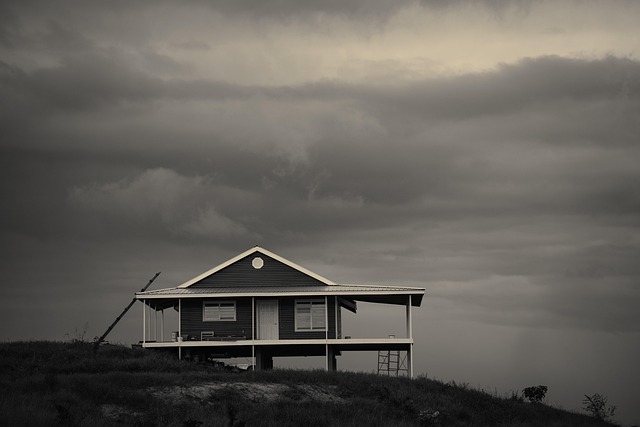Transform your living room into an art gallery with easy, step-by-step geometric wall art DIY projects. Choose complementary color palettes, create precise designs with tape, and paint for a modern touch. Beginners can experiment with stripes, blocks of color, symmetrical or asymmetrical layouts, and canvas size to suit any space. Frame options range from classic to modern minimalist for the perfect aesthetic fit.
Unleash your creativity with these simple yet captivating step-by-step DIY projects, perfect for beginners looking to transform every room in your home. From the warm embrace of your living room to the serene sanctuary of your bathroom, we’ve got you covered with four accessible painting ideas. Discover how to craft stunning geometric wall art, a personalized mural using washi tape, a bright fruit still life, and an acrylic mood board that invites relaxation. Get ready to breathe new life into your spaces!
Living Room: Simple Wall Art with Geometric Patterns
Transform your living room into a gallery with simple, geometric wall art using a step-by-step DIY project. This beginner-friendly approach allows you to experiment with patterns and colors while adding a modern touch to your space. Start by choosing a set of complementary hues that reflect your style—neutral tones for a subtle look or bold colors for a vibrant statement. Next, create a geometric design using tape to delineate lines and shapes on the wall. You can opt for straight lines, triangles, or even circles, depending on your preference. Once satisfied with the layout, paint over the taped areas, allowing each section to dry individually before removing the tape. This method ensures clean lines and precise patterns. After completing the artwork, step back and admire your handiwork—a unique, personalized piece that becomes a focal point in any living room.
– Choosing the right colors and geometric shapes for your space
When it comes to beginner-friendly painting projects, one of the most exciting aspects is selecting the perfect colors and geometric shapes to transform your space. Start by considering the existing décor and color palette of each room. Complementary or neutral tones can help create a harmonious environment, while bolder shades can add vibrancy and personality. Researching color theory and understanding how different hues interact will make this process easier. Think about the mood you want to evoke in each space; warm colors like reds and oranges can energize a room, while cool blues and greens promote calmness and relaxation.
For a straightforward step-by-step DIY project, opt for geometric shapes such as stripes or blocks of color. These designs are simple yet impactful. Stripes, whether horizontal or vertical, can make a small space appear taller, while bold blocks of color add depth and visual interest to larger areas. Using tape to create clean lines before painting ensures precision, making this an ideal project for beginners. Remember, you can always experiment with different combinations and patterns until you find the perfect aesthetic that suits your style and enhances your living spaces.
– Step-by-step guide to creating a symmetrical or asymmetrical design
Creating a symmetrical or asymmetrical design is an easy and rewarding way to bring a unique artistic touch to any room, making it a perfect step-by-step DIY project for beginners. To start, choose a wall or canvas that serves as your blank canvas. For a symmetrical design, envision a balanced layout with equal elements on either side of a central point. Begin by sketching your pattern or using painter’s tape to mark the lines and shapes you want to replicate. This ensures accuracy and makes for cleaner lines.
For an asymmetrical design, embrace chaos and variety. Decide on a focal point, then allow your creativity to flow freely. Paint bold shapes, stripes, or abstract forms around this centerpoint, making sure each element adds visual interest without overwhelming the space. As you paint, consider color theory to create harmonious combinations. Start with a base coat, let it dry, and then add layers of contrasting or complementary colors. Remember, practice makes perfect, so don’t hesitate to experiment and make mistakes—part of the fun of DIY projects is the process!
– Tips on selecting canvas size and framing options
When it comes to selecting canvas size for your beginner-friendly painting projects, consider the space you want to fill and the level of detail you plan to achieve. For small rooms or areas, a smaller canvas (around 12 inches by 12 inches) is ideal as it’s manageable and allows for more focused compositions. Larger spaces can accommodate bigger canvases, up to 36 inches wide, to create bold statements that make an impact.
Framing options play a crucial role in enhancing your artwork and deciding on a style that complements the room. Opt for simple, classic frames for a timeless look or go modern with minimalist designs. Consider using floating frames, which offer a contemporary aesthetic by mounting the canvas directly to the wall without a traditional frame. For a step-by-step DIY project, measure the canvas carefully before selecting a frame, ensuring it leaves adequate space for hanging and that the overall dimension aligns with your desired visual impact.
Whether you’re looking to add a personal touch to your living room or want to breathe new life into your bedroom, these beginner-friendly painting projects offer creative and accessible ways to transform any space. From simple wall art with geometric patterns to easy techniques for adding pops of color to larger canvases, the possibilities are endless. With our step-by-step DIY projects, you can achieve stunning results without professional experience. So, grab your paintbrushes, choose your colors, and get ready to unleash your artistic side – your home is waiting to be adorned with your unique creations.
